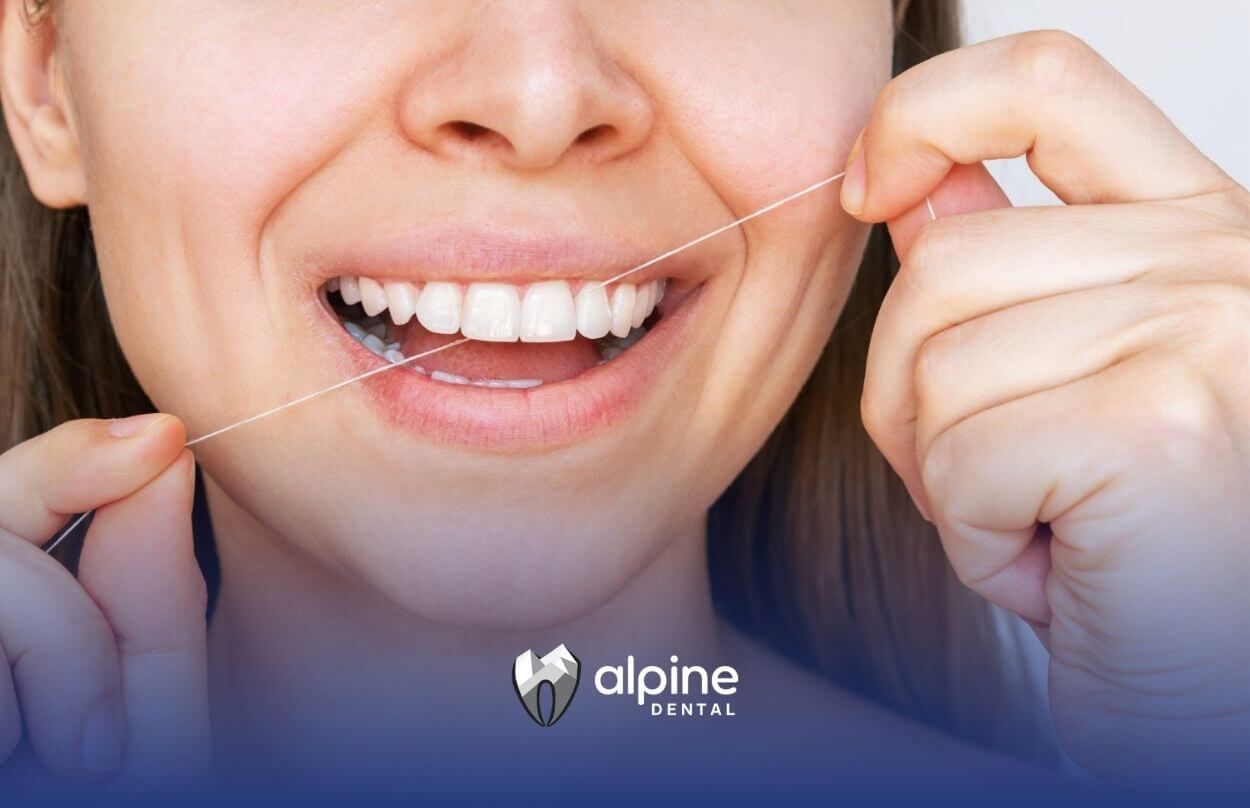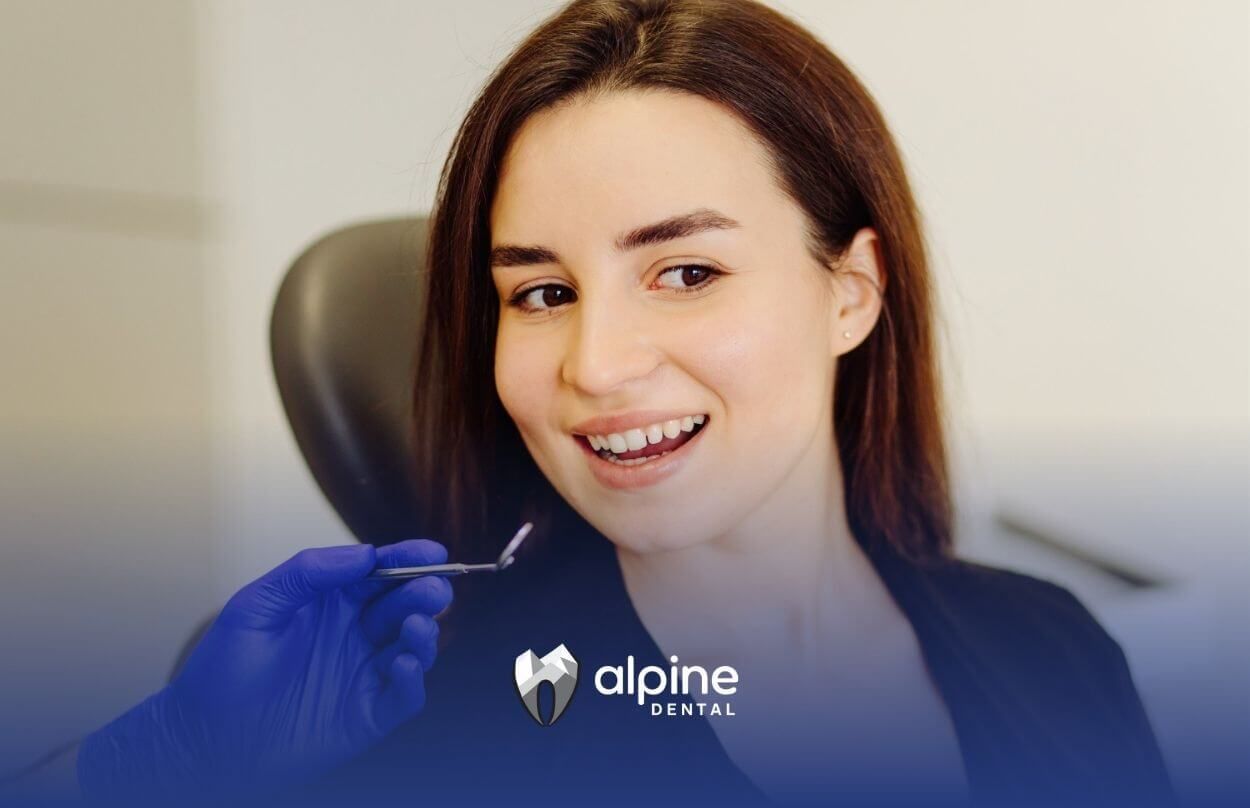Is It Normal for Kids to Cry at the Dentist?
Visiting the dentist can be an exciting milestone for children, but it also often comes with tears, clinging, and understandable anxiety. If your little one cries at the first sight of the dental chair or in the waiting room, you’re not alone—and it’s perfectly normal. Understanding why kids cry at the dentist and having effective strategies in place can transform dental visits from tearful experiences into positive, confidence-building moments.
Whether you’re preparing for your toddler’s first cleaning or helping a school-aged child manage their jitters, this guide will equip you with knowledge and practical tips to make dental care less scary and more empowering.
Why Do Kids Cry at the Dentist?
Crying at the dentist often stems from a blend of developmental, emotional, and sensory factors:
- Fear of the unknown: Children often haven’t experienced dental tools or the sounds of the office before, making new sights and sounds intimidating.
- Loss of control: Lying back in a chair while someone peers into their mouth can feel vulnerable and scary.
- Sensory overload: Bright lights, unfamiliar tastes (flavorful polish or fluoride), and dental instruments can overwhelm sensitive little ones.
- Past experiences: Even a minor discomfort or needle from an earlier trip can create lasting anxiety.
- Modeling parental anxiety: Kids pick up on adult stress. If parents appear nervous, children are more likely to mirror that anxiety.
Developmentally, children between ages 2–6 are mastering autonomy. Being asked to “stay still” or “open wide” conflicts with their budding independence, often resulting in tears or resistance.
Dental Fear by Age Group
Dental anxiety evolves as children grow. Understanding age-specific concerns helps tailor your approach.
| Age Range | Typical Concerns | Behavior |
|---|---|---|
| 0-2 years | Separation anxiety, new settings | Clinging, crying, refusal |
| 3-5 years | Fear of tools/sounds | Screaming, “white coat” fear |
| 6-8 years | Worry about pain, negative stories | Hesitation, tense muscles |
| 9-12 years | Self-consciousness, peer influence | Quiet anxiety, fidgeting |
| 13+ years | Body image, autonomy | Resisting parental help, silence |
- Infants & Toddlers (0–2): First checkup by age one introduces them gently. At this stage, tears often come from separation anxiety as much as dental fear. Holding your child in your lap or using a “knee-to-knee” exam helps.
- Preschoolers (3–5): Tool noises and the sight of masks/white coats often trigger strong reactions. Using play-based explanations—letting them touch a mirror or dental mirror tool—helps demystify the process.
- School-Age (6–12): Conversations with peers may spread “horror stories.” Honest, age-appropriate explanations and showing them the exact steps (wipe, polish, count) reduces surprise.
- Preteens/Teens (13+): They want autonomy and privacy. Giving them control over music choice, headrest position, or letting them ask questions fosters cooperation.
Common Triggers in the Dental Office
Several aspects of the dental environment can trigger tears:
- High-pitched drill sounds
- Suction noises of the saliva ejector
- Cold air or water spray
- Bright lights shining into the mouth
- Tickling sensations from instruments
- Unfamiliar tastes or textures of pastes and polishes
By identifying which trigger upsets your child the most—sounds, textures, or separation—you can work with your dentist to minimize that stressor.
How Dentists Create a Child-Friendly Environment
Modern pediatric dental practices use a range of strategies to soothe young patients:
- Colorful, themed operatories: From under-the-sea murals to jungle safaris, engaging décor distracts and delights.
- Toy and book libraries: Allowing kids to play and read while waiting reduces cortisol levels.
- Tell-show-do technique: The hygienist “tells” what will happen, “shows” the instrument on a model or finger, then “does” the procedure.
- Positive reinforcement: Sticker charts, small toys, or praise builds confidence and positive associations.
- Gentle, child-trained staff: Pediatric dental assistants who specialize in comforting crying or anxious children.
- Nitrous oxide (“laughing gas”): Safely administered under supervision, it relaxes without putting kids to sleep.
As a parent, ask if your dentist’s office uses these child-centered methods or whether special pediatric appointments are available.
Parent-Led Strategies to Soothe Anxiety
Parents play a pivotal role in easing dental fear:
- Positive framing: Avoid words like “hurt,” “needle,” or “shot.” Instead say “clean,” “tickle,” or “juice from a straw.”
- Role play at home: Use a toothbrush to count and clean a favorite stuffed animal’s teeth, familiarizing them with the act.
- Read dental storybooks: Characters who go to the dentist and have fun set positive expectations.
- Breathe together: Teach slow, deep breaths to calm nerves—pretend you’re blowing bubbles or gently smelling a flower.
- Pick appointment timing wisely: Choose a well-rested, hungry-free time—usually mid-morning for younger kids.
- Stay calm and brief: If you, as the parent, appear relaxed, your child will follow your lead. Keep explanations short to avoid overloading them.
Behavioral Techniques Used by Pediatric Specialists
Pediatric dentists and hygienists often employ specialized approaches beyond standard practice:
- Modeling: Letting an older sibling or peer demonstrate the exam first.
- Distraction: Use of video glasses, games on a tablet, or having them hold a stress ball during treatment.
- Voice control: Gentle changes in tone to gain attention and compliance without raising volume.
- Systematic desensitization: Gradually introducing dental instruments across visits until the child becomes comfortable.
- Parental presence or absence: Some kids cope best with a parent in the room; others feel freer when their parent steps out.
Ask your dentist which techniques they offer and what seems to work best for your child’s personality.
What to Expect During a Typical Pediatric Dental Visit
Understanding the flow of a visit reduces surprises:
- Welcome & settling in: Child chooses a sticker or toy, meets the hygienist, and explores (briefly) the operatory.
- Initial exam: The dentist does a quick “mirror check” to assess cavities, growth, and development.
- Cleaning & polishing: Gentle scaling and polish—often the most ticklish step.
- Fluoride treatment: A flavored gel or varnish held on teeth for one minute; tastes unusual but is painless.
- Sealants (if indicated): A quick, painless coating on molars to prevent decay.
- Review & praise: Dentist and parent praise good behavior and award a small prize or certificate.
Knowing each step and practicing at home helps your child anticipate what’s next.
Building Positive Dental Habits for Life
Childhood experiences set the stage for lifelong oral health habits and attitudes:
- Routine: Six-month cleanings normalize dental care as just another part of growing up.
- Ownership: Let children choose their toothbrush and toothpaste flavor to empower them.
- Education: Teach them why decay happens and how brushing and flossing prevent it.
- Modeling: Let kids see parents brushing, flossing, and attending checkups without dread.
- Goal setting: Use chart calendars and rewards for consistent brushing and flossing streaks.
Positive early experiences reduce the likelihood of adult dental fear and skipped appointments.
When to Seek Professional Help for Severe Dental Anxiety
Most crying and anxiety at the dentist is developmentally normal. However, if your child:
- Refuses to enter the office altogether
- Has panic-level reactions (screaming, physical resistance) beyond age 6
- Experiences nightmares or bed-wetting related to dental fear
- Avoids imaginative play after talking about the dentist
…you may want to consult a child psychologist or a specialist in dental behavior management. Early intervention—through cognitive-behavioral therapy or sedation options—prevents the cycle of fear from worsening.
Final Thoughts
Yes—it’s completely normal for kids to cry at the dentist. New environments, unfamiliar tools, and perceived lack of control combine to spark tears in even the bravest little ones. But with understanding, preparation, and the right support—from both parents and dental professionals—those tears can turn into smiles of pride and confidence.
If you’re seeking a nurturing, child-friendly dental experience with proven behavior-management techniques, our team at Alpine Dental is here to help your child build a smile they’ll love for a lifetime. Schedule an appointment today!
Frequently Asked Questions
At what age do most children stop crying at dental visits?
Many children feel more comfortable by ages 6–8 as they better understand the process and gain familiarity. However, every child develops at their own pace.
Should I stay with my child during their dental exam?
Ask your dentist. Some children feel safer with a parent present, while others cooperate better when mom or dad steps out briefly.
How can I prepare my child for their first dental visit?
Read age-appropriate storybooks about the dentist, role-play cleanings on stuffed animals, and practice slow, deep breathing together to set a calm tone.
Sources:
- https://www.sciencedirect.com/science/article/pii/S0300571224000113
- https://www.aapd.org/media/Policies_Guidelines/BP_UseofNitrous.pdf
- https://sensooli.com/3-ways-to-deal-with-sensory-overload-at-the-dentist/
- https://www.betterhealth.vic.gov.au/health/conditionsandtreatments/dental-anxiety-and-phobia




